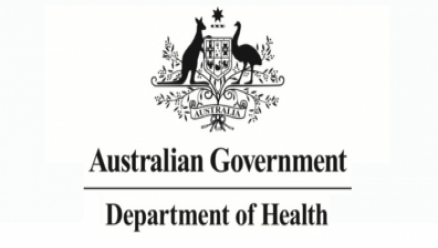Discount PBS Prescriptions Start Jan 1
by Hospital + Health | Hospital Equipment and Medical Products Suppliers Directory on 01-Jan-2016

Today marks the start of landmark competition reforms in the medicines sector, whereby pharmacists are able to discount the cost of a prescription subsidised through the Government’s Pharmaceutical Benefits Scheme for the first time. Minister for Health Sussan Ley announced today consumers could now access discounts of up to $1 on every PBS-subsidised script they purchased throughout the year – potentially saving patients upwards of $70 annually.
Ms Ley said pensioners and other concession card holders would particularly benefit, given 80 per cent of PBS scripts were concessional, and would see their co-payment potentially fall from $6.20 to $5.20. Ms Ley said she had been buoyed by the significant number and variety of pharmacy chains – not just large-scale discounters – who had already announced they would offer patients some form of discount and encouraged interested consumers to shop around for the best deal.
“When it comes to prescription medicines, every dollar counts,” Ms Ley said. “This is particularly true if you are on a pension and buying multiple medicines each month. “If you are a concession card holder who fills 40 PBS-subsidised scripts in a year, then you have the opportunity to save as much as $40. If you fill 70 scripts, then you can save $70. The power is really now in the consumer’s hands.”
Ms Ley said the discount was optional to allow the introduction of greater competition – which an across the board discount would not have achieved – and she expected its take up to be an “evolution, not a revolution” over time. “Endless reviews have called for consumers to have access to greater competition in this area and the ability to discount Government-subsidised PBS scripts is a sensible step in the right direction,” Ms Ley said. “For some pharmacies, this discount is an opportunity for them to explore a new market to compete on price.
“For others, they may choose not to discount and focus on competing on a well-rounded local pharmacy experience for their regular patients that offers additional high-quality primary care services. “The point is it introduces greater competition, which in turn provides consumers greater power and choice, and that has been my number one focus throughout these reforms. “Those who try and claim pharmacists who pass on this discount are doing the ‘wrong thing’ by the profession are actually doing the wrong thing by consumers by trying to block competition in the sector.”
Ms Ley said the $1 PBS script discount was one of a number of positive measures for consumers included in the five-year $18.9 billion Sixth Community Agreement, which was agreed to, and signed, between the Government and the Pharmacy Guild of Australia earlier this year. Ms Ley said other positive measures in the agreement agreed to by the Pharmacy Guild, included:
- $1.2 billion taxpayer investment to support pharmacists to undertake primary care services for patients – double that invested in the previous 5CPA agreement.
- $1.5 billion taxpayer investment to support the introduction of a new, transparent, fixed-price handling fee to give pharmacists remuneration stability and certainty, and complement the ability for pharmacists to introduce discounting of PBS prescriptions.
- Better targeting the premium-free dispensing incentive to promote the uptake of cheaper generic medicines for consumers.
- An independent review of pharmacy remuneration and location rules, which dictate where a pharmacy can and cannot open.
Ms Ley said consumers should also be aware that the PBS safety net threshold was a dollar amount – $372 for a concessional patient and $1475.70 for a general patient – not a set number of scripts. Ms Ley said this meant it did not matter if a patient took 60 or 70 scripts to reach safety net protections, they would still pay the same amount before they reached the eligibility thresholds. “The $1 discount will not impact a patient’s access to protections,” Ms Ley said.
“If a patient pays less for their prescriptions thanks to this discount and they don’t reach their safety net as a result, that’s a positive because it means they are spending less money overall on prescription medicines. “Claims otherwise are deliberately misleading and consumers should be wary of the motives behind such misinformation and actively question them.”
Ms Ley said January 1 also marked reforms to address inconsistencies in the PBS that saw some patients paying two-to-three times more for common over-the-counter medicines such as paracetamol or aspirin if they bought them through a prescription rather-than straight off-the-shelf.
Ms Ley also maintained her concerns about the makers of Panadol Osteo potentially misleading consumers and pharmacists about their reasoning for increasing the price by 50 per cent – or $2 – from January 1 2016, saying there were no additional administrative or regulative costs from the parallel PBS changes justifying such an increase. Ms Ley said she would now await the advice of the ACCC, who had confirmed on Wednesday they were seeking further information from the makers of Panadol Osteo following her referral earlier in the week.
“In the meantime, I encourage consumers to shop around and ask their pharmacist about stocking other alternative or generic ‘osteo’ brands that contains the exact same 665mg slow-release paracetamol formula, with over 30 alternatives currently registered in Australia,” Ms Ley said. The PBS co-payment for concession card holders is indexed on January 1 of each year and is $6.20 for concession card holders and $38.30 for general patients.









